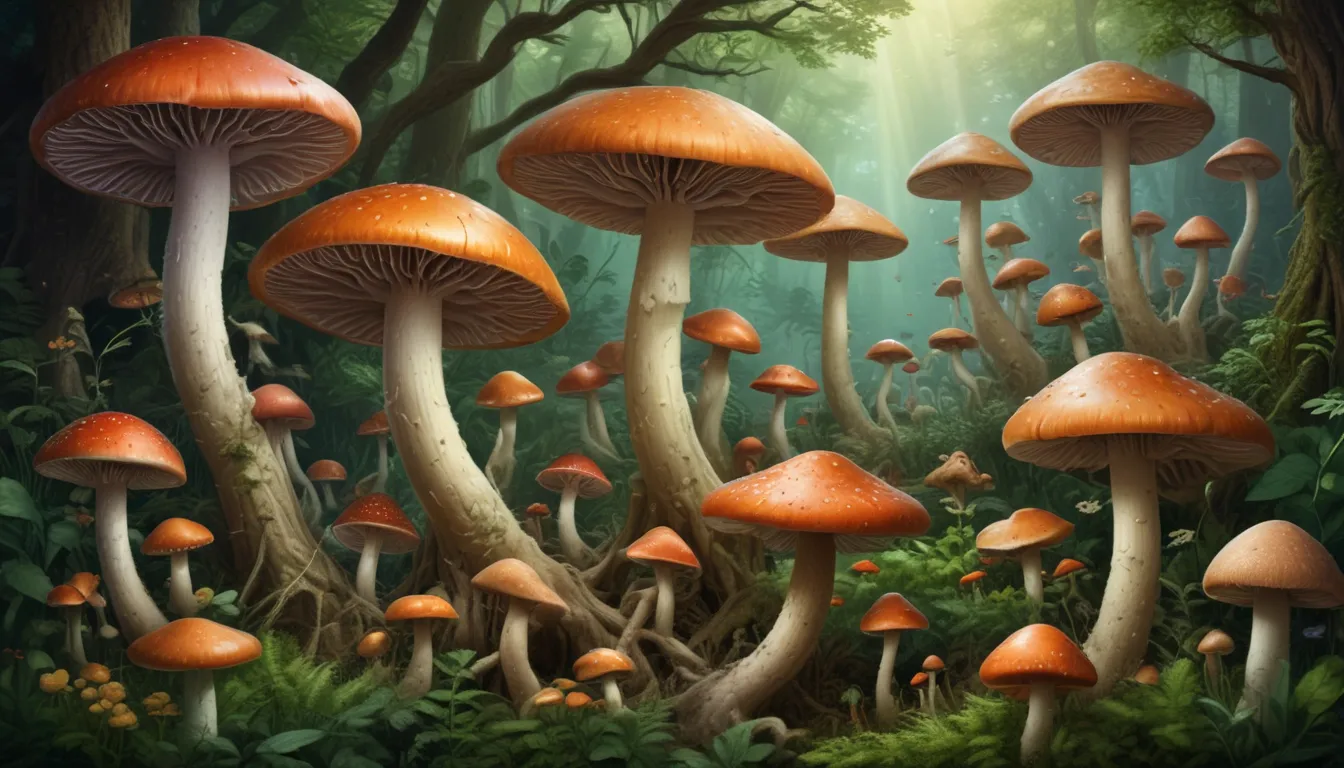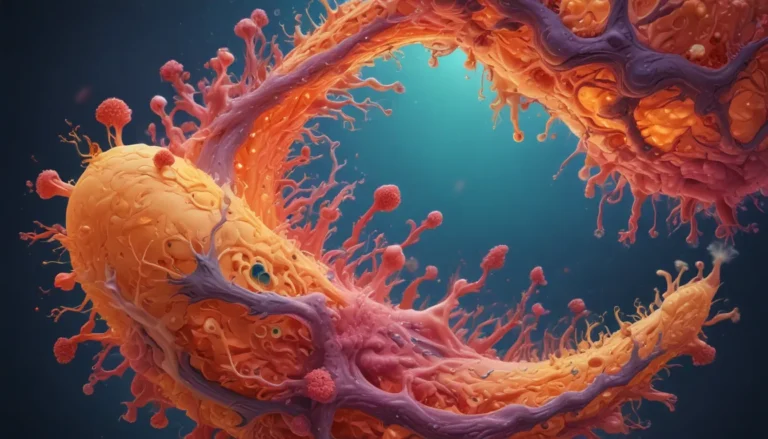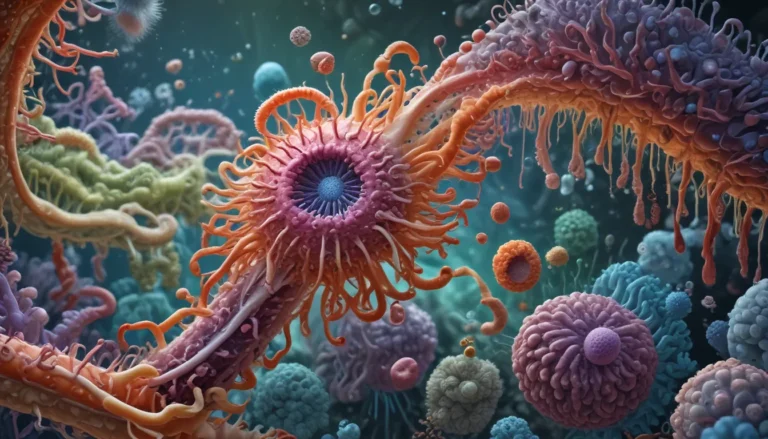A Note About Images: The images used in our articles are for illustration purposes only and may not exactly match the content. They are meant to engage readers, but the text should be relied upon for accurate information.
Welcome to the captivating world of mycology, where the study of fungi shines a light on the remarkable characteristics and functions of these often overlooked organisms. From delicate mushrooms to microscopic fungi, the realm of mycology is filled with astonishing facts and discoveries waiting to be uncovered.
Delving into Mycology: A Fascinating Journey
In this article, we invite you to delve into the depths of mycology and explore ten astonishing facts that showcase the importance and versatility of fungi. Whether you are a biologist, a nature enthusiast, or simply curious about the wonders of the natural world, prepare to be amazed by the incredible world of mycology.
Key Takeaways
- Fungi are more closely related to animals than plants: Fungi play a vital role in ecosystem functioning as decomposers, symbionts, and even pathogens. They are incredibly diverse, with over 1.5 million known species and potential for environmental applications.
- Fungi have unique reproductive structures: Unlike plants, fungi have unique reproductive structures such as spores and mycelium, which allow them to spread and colonize new areas.
- Fungi can communicate and cooperate: Fungi have the ability to communicate with each other and form intricate networks through their mycelium, allowing for cooperation in nutrient sharing and defense against threats.
- Fungi have potential environmental applications: Fungi have immense potential for environmental applications such as bioremediation, breaking down pollutants and contaminants to clean up areas affected by pollution.
Unveiling the Astonishing Facts About Mycology
Fungi are More Closely Related to Animals than Plants
Mycology reveals that fungi are more closely related to animals than plants. While sharing some characteristics with both kingdoms, fungi’s genetic makeup and way of obtaining nutrients align them more closely with the animal kingdom.
Fungi Can be Found Almost Everywhere
From the depths of the ocean to the highest mountains, fungi can be found in almost every environment on Earth. They play a vital role in ecosystem functioning as decomposers, symbionts, and even pathogens.
There are Over 1.5 Million Known Species of Fungi
The world of fungi is incredibly diverse, with over 1.5 million known species. However, scientists estimate that there could be millions more yet to be discovered and classified.
Fungi Have Unique Reproductive Structures
Unlike plants, fungi don’t rely on seeds or flowers for reproduction. They have unique reproductive structures such as spores and mycelium, which allow them to spread and colonize new areas.
Some Fungi Have Medicinal Properties
Certain fungi have been used for centuries in traditional medicine. For example, the antibiotic penicillin is derived from the Penicillium fungus, while other fungi have potential antiviral, anticancer, and immunosuppressive properties.
Fungi Play a Crucial Role in Food Production
Many types of fungi are involved in food production processes. Yeast, for instance, is a type of fungus used in baking and brewing, while other fungi are used in the production of cheese, soy sauce, and various fermented foods.
Fungi Can be Both Beneficial and Harmful to Humans
While some fungi have beneficial effects on humans, others can be harmful. Beneficial fungi like mycorrhizal fungi form symbiotic relationships with plants, aiding in nutrient uptake. On the other hand, certain fungal infections can cause diseases in humans and animals.
Fungi Have Unique Adaptations
Fungi have evolved a range of unique adaptations to survive in different environments. Some are capable of bioluminescence, while others produce toxins to deter predators. Certain fungi can even withstand extreme temperatures and harsh conditions.
Fungi Can Communicate and Cooperate
Fungi have the ability to communicate with each other and form intricate networks through their mycelium. This communication allows them to cooperate in nutrient sharing, resource allocation, and defense against threats.
Fungi Have Potential Environmental Applications
Fungi have immense potential for environmental applications such as bioremediation. They can break down pollutants and contaminants, helping to clean up areas affected by pollution.
Unleashing the Potential of Mycology: Where Do We Go From Here?
In conclusion, mycology is a field filled with numerous astonishing facts waiting to be uncovered. From the complex relationship between fungi and plants to the incredible diversity of fungal species found around the world, there is much to learn and appreciate about the world of mycology.
Exploring the intricate world of fungi not only helps us better understand the natural world around us but also holds promising applications in medicine, agriculture, and environmental sustainability. As our understanding of mycology advances, we can expect to discover even more astonishing facts that could revolutionize various industries and contribute to the well-being of our planet.
So, the next time you stumble upon a mushroom in the woods or notice mold growing on your food, take a moment to appreciate the wonders of mycology. There is so much more to fungi than meets the eye, and delving into this captivating realm is sure to leave you in awe of the incredible world of mycology.





